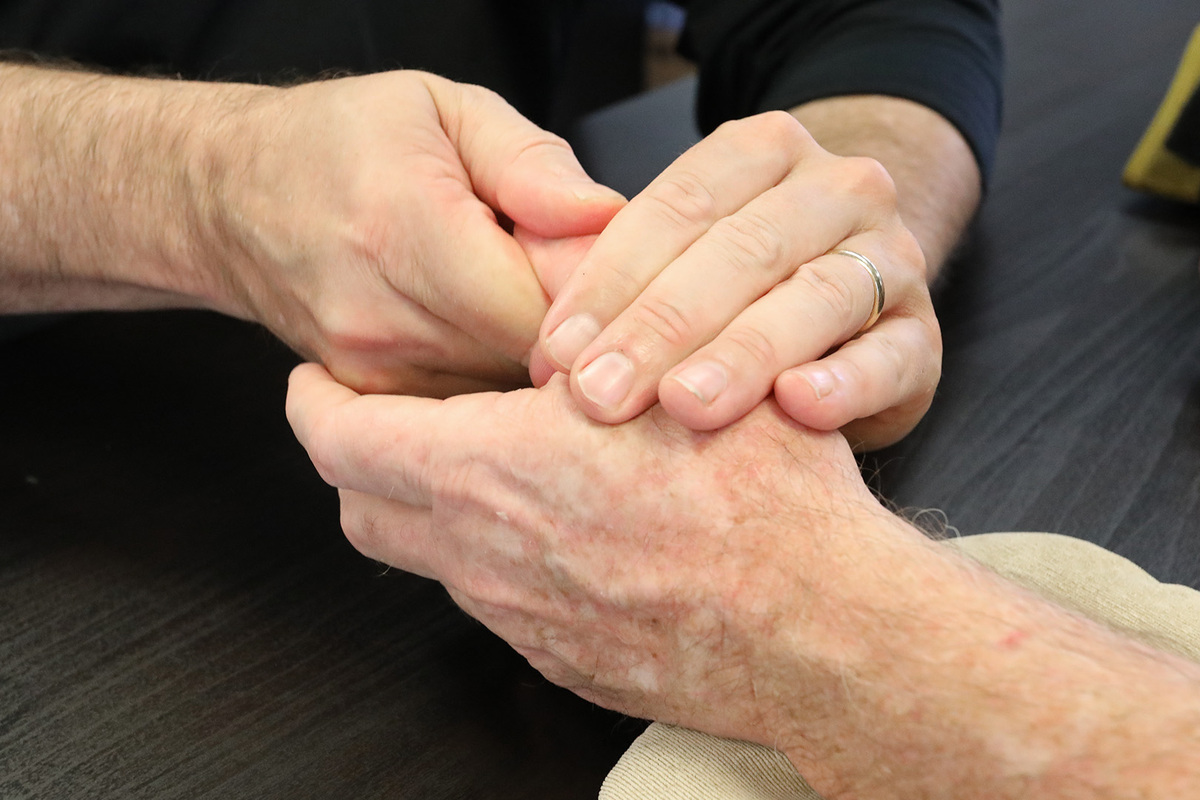Ehlers-Danlos Syndrome
Do you have hypermobile joints or experience frequent dislocations?
Ehlers-Danlos Syndrome (EDS) is a connective tissue disorder, meaning it affects skin, ligaments, tendons, and blood vessels. EDS is “generally characterized by joint hypermobility (joints that stretch further than normal), skin hyperextensibility (skin that can be stretched further than normal), and tissue fragility” (The Ehlers-Danlos Society). Ligaments are responsible for connecting bones to other bones, and tendons connect muscles to bones. Both of these structures provide stability throughout our joints, and when these tendons and ligaments are lax, such as with EDS, the joints become unstable. This can lead to injury or joint dislocations.
If you or someone you know has EDS, physical therapy is very beneficial. Physical therapists are highly educated and trained to develop and safely execute treatment plans to target strength and stability. In each physical therapy session, your therapist will work with you to strengthen your muscles so structures around the unstable joints are strong enough to protect from hyperextension and dislocation. This helps prevent injury and dislocations and reduces the pain and stress the patient may experience with this disorder.
Patients with EDS sometimes experience other conditions also treatable by physical therapy, such as POTS. Your physical therapist will work with you to develop a personalized treatment plan based on your needs and capabilities.
Ehlers-Danlos Syndrome (EDS) is a group of inherited disorders that affect the connective tissues in the body. Connective tissues are responsible for supporting the skin, bones, blood vessels, and other organs. EDS can manifest in various ways depending on the specific subtype, but common symptoms include joint hypermobility (joints that can move beyond the normal range of motion), skin that is easily bruised, stretchy, or overly flexible, and in some cases, tissue fragility, which can lead to frequent dislocations or injuries. There are several subtypes of EDS, each with its characteristic features and inheritance patterns. Some types of EDS can also affect other body systems, such as the cardiovascular system or the eyes. While there is currently no cure for EDS, treatment typically focuses on managing symptoms and preventing complications.

